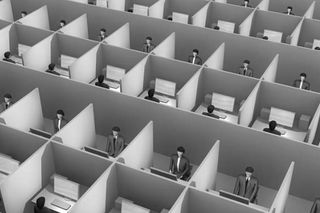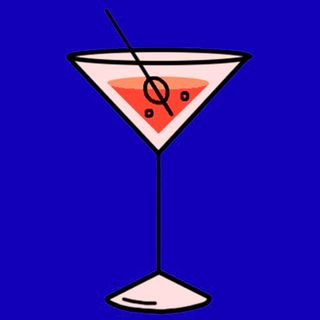
Sitting Too Much Is Bad For Your Brain
Time to take a midday stroll.

We’ve all heard that sitting too much is really bad for the body. (If you haven’t: An overly sedentary lifestyle increases your risk of heart disease, diabetes and premature death.) Now, scientists are finding it’s bad for the brain, too.
And even more concerning: They found physical activity, even at high levels, was not sufficient to offset the harmful neural effects of sitting too much.
Researchers, led by Prabha Siddarth, a biostatistician at UCLA in the US, have found that sitting too much is linked to changes in a section of the brain that is critical for memory. In a study of 35 people (admittedly a small sample), ages 45 to 75, researchers asked participants about their physical activity levels and the average number of hours per day they had spent sitting over the previous week. Each person had a high-resolution MRI scan, which provides a detailed look at the medial temporal lobe, or MTL, a brain region involved in the formation of new memories.
The researchers found that a very sedentary lifestyle is a significant predictor of thinning of the MTL — which carries worrisome risks: MTL thinning can be a precursor to cognitive decline and dementia in middle-aged and older adults.
While this study does not prove too much sitting causes thinner brain structures — only that more hours spent sitting are associated with thinner regions — it is food for thought in an era when socioeconomic security makes it possible to escape physical activity, or not have time for it in the first place. And from a public health perspective, the researchers said, their findings suggest that reducing sedentary behavior may be a possible target for interventions designed to improve brain health in people at risk for Alzheimer’s disease.
The researchers next hope to follow a group of people for a longer duration to determine if sitting causes the thinning and what role gender, race, and weight might play in brain health related to sitting. Until then, even short bursts of activity can break up long stretches of sitting, with beneficial results. We’ll see you in two minutes.
Related


Even Moderate Drinking Affects Longevity
